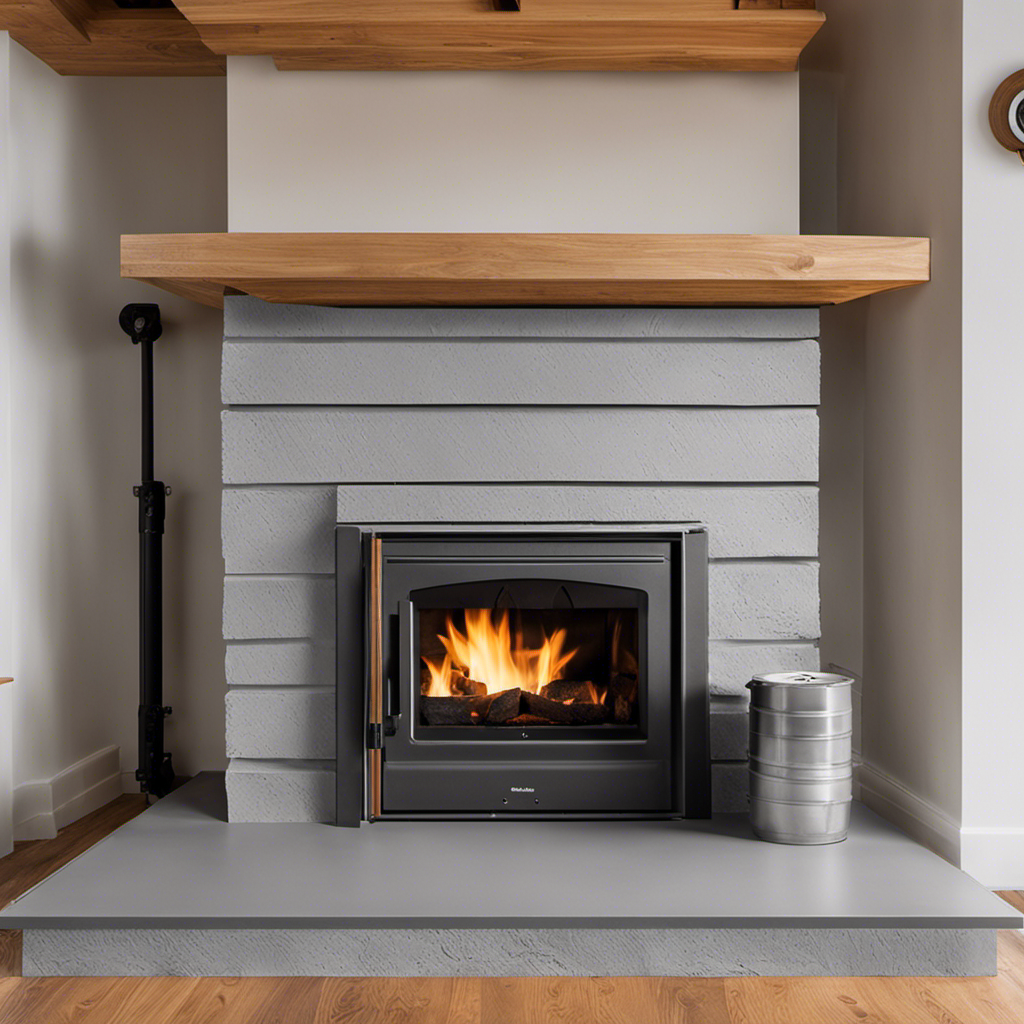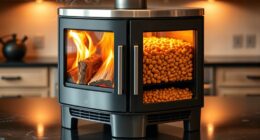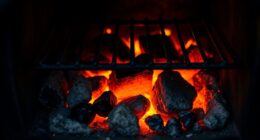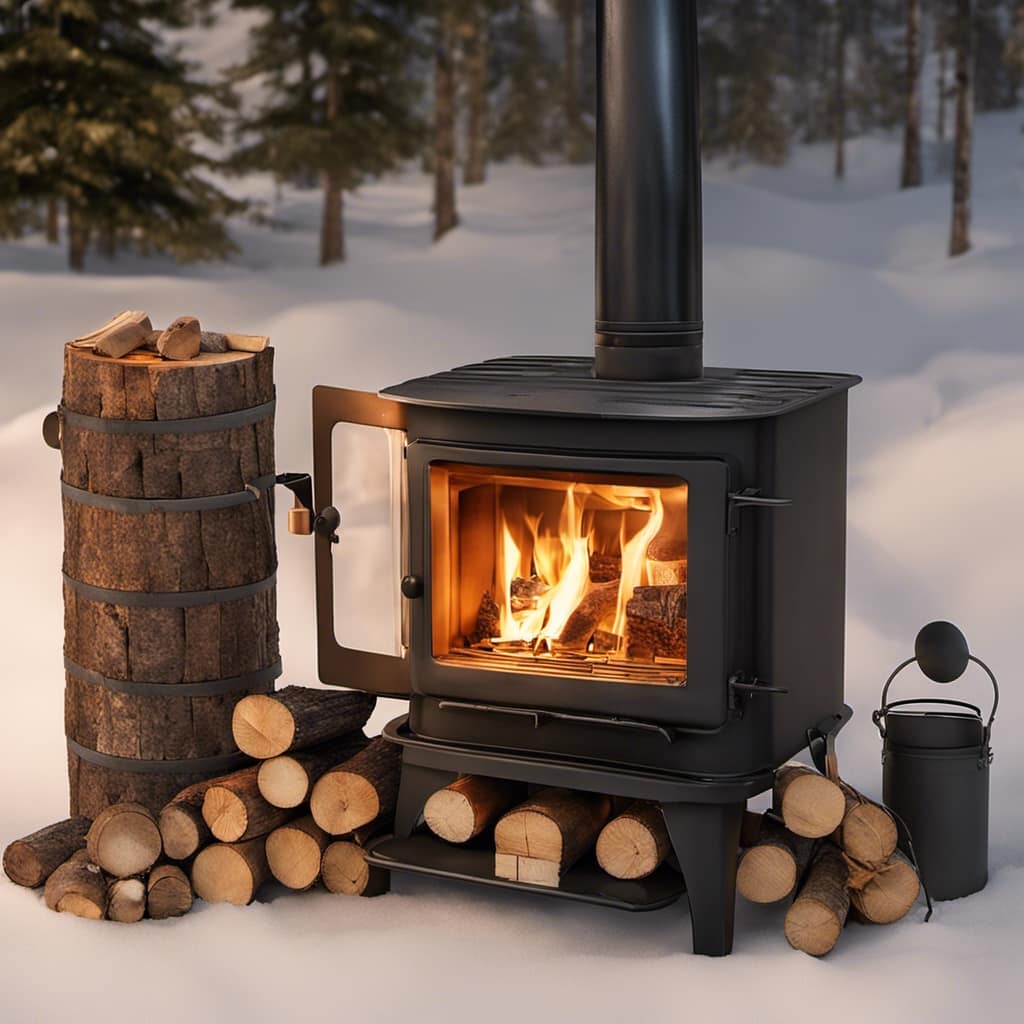
I have always enjoyed the comforting warmth of a wood stove, but I soon realized that it was also causing my home to lose its supply of fresh air.
So, I decided to tackle the problem head-on and install a fresh air intake for my wood stove.
In this article, I’ll share with you the step-by-step process I used to successfully install a fresh air intake system.
Trust me, it’s easier than you might think!
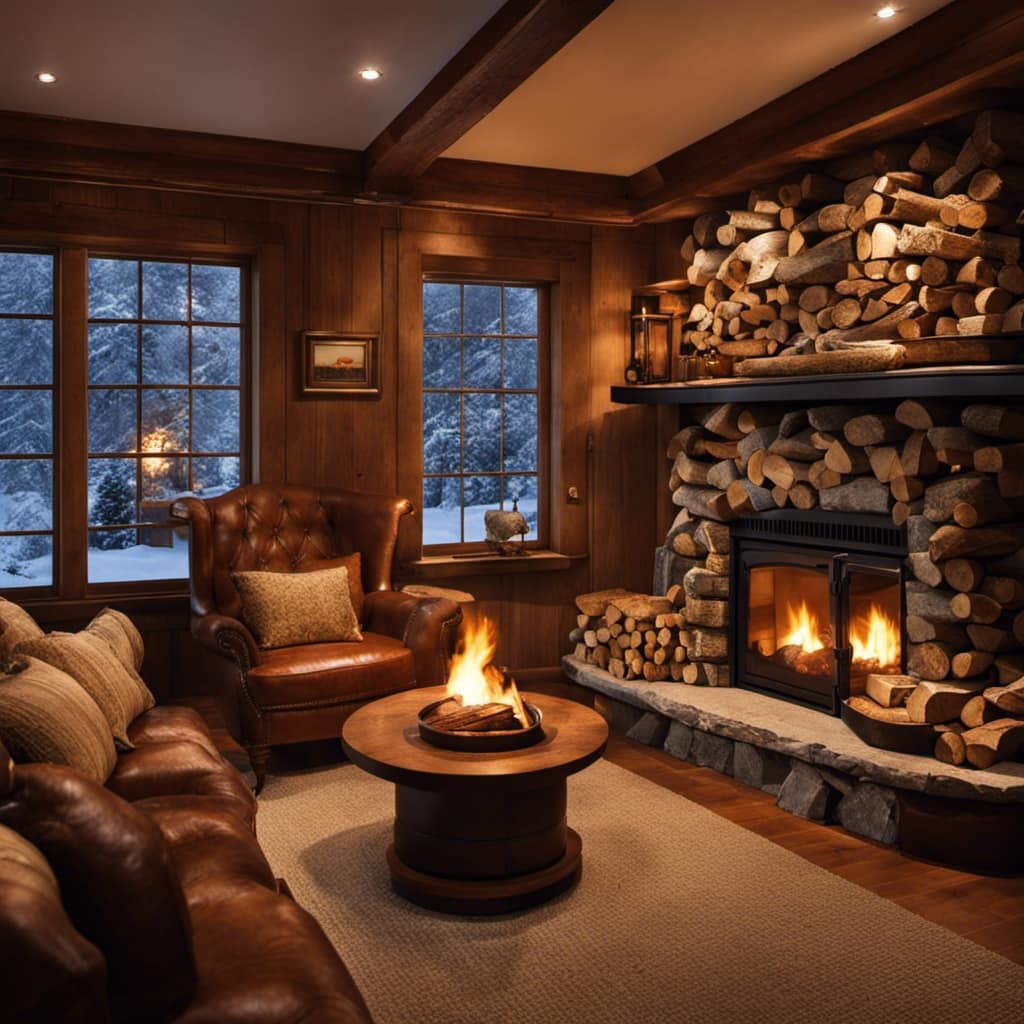
Key Takeaways
- Choose a location for the fresh air intake that is away from potential sources of contamination and at a safe distance from the stove to prevent overheating.
- Consider the convenience and accessibility of the location for maintenance and cleaning of the intake.
- Ensure the intake is easily adjustable to regulate airflow and follow local building codes or regulations regarding its size.
- Gather the necessary tools and materials such as a tape measure, saw or pipe cutter, drill with hole saw attachment, insulation, and appropriate size for the intake based on the wood stove’s requirements.
Choosing the Right Location for Your Fresh Air Intake
I’m considering the best location for my fresh air intake for the wood stove. A fresh air intake is essential for ensuring proper combustion and efficient operation of a wood stove. It brings in fresh outside air, which helps maintain the oxygen levels needed for a clean and complete burn. This results in increased energy efficiency, reduced emissions, and improved indoor air quality.
When installing a fresh air intake, there are a few common mistakes to avoid. Firstly, it’s crucial to choose a location that’s away from potential sources of contamination, such as exhaust vents or areas with heavy traffic. This will prevent the intake from drawing in pollutants that can affect the stove’s performance and the air quality in your home. Secondly, the intake should be positioned at a sufficient distance from the stove to prevent overheating. A clearance of at least 10 feet is recommended to ensure safe and effective operation.
In addition to avoiding these mistakes, it’s important to consider the convenience and accessibility of the location. You want to place the intake in an area that’s easy to access for maintenance and cleaning. It should also be easily adjustable to regulate the airflow according to your needs.
Gathering the Necessary Tools and Materials
To get started, I’ll need a few tools and materials for the fresh air intake installation. Here’s a list of what you’ll need:
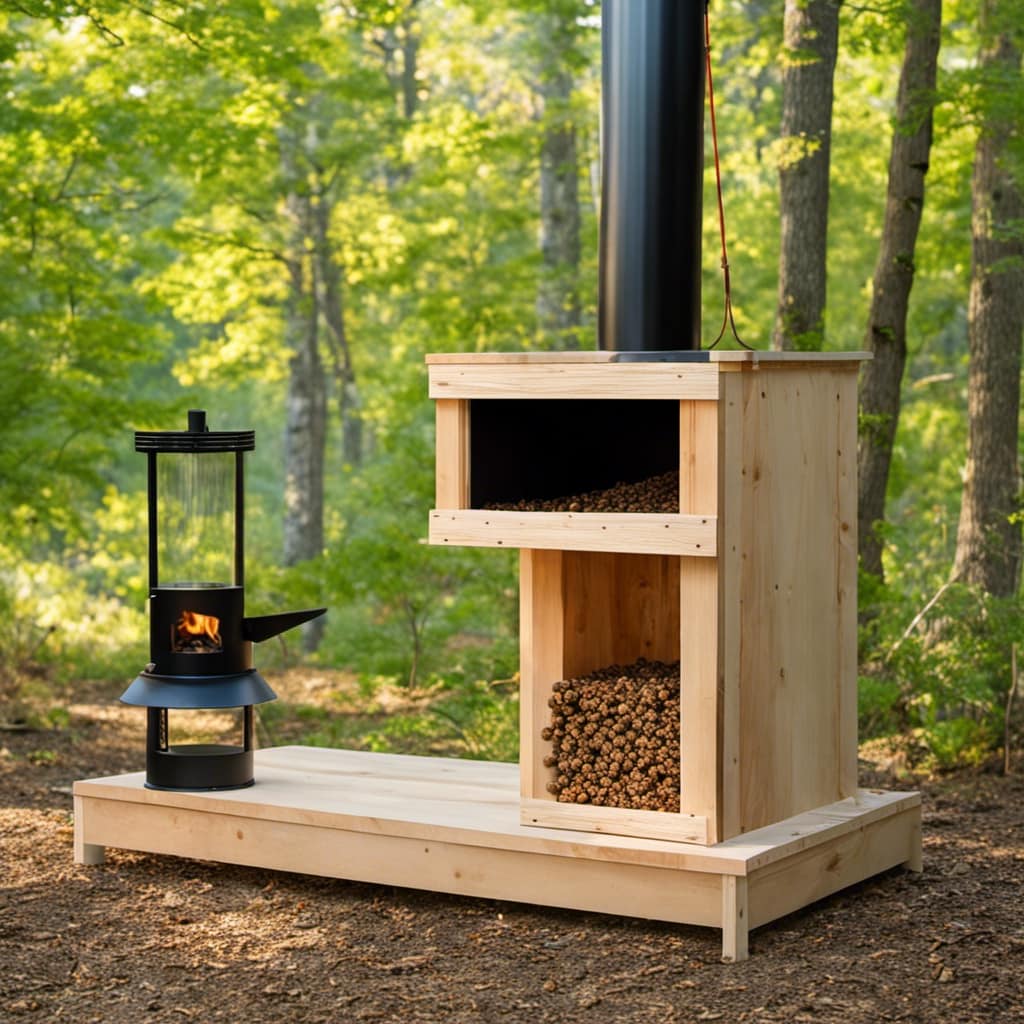
-
Tape measure: This will help you accurately measure the dimensions of the area where you plan to install the fresh air intake.
-
Saw or pipe cutter: Depending on the type of pipe you choose for the intake, you may need a saw or pipe cutter to cut it to the appropriate length.
-
Drill with hole saw attachment: You’ll need a drill with a hole saw attachment to create the opening for the fresh air intake on the exterior wall of your home.
-
Insulation: It’s important to select the appropriate insulation for the intake pipe to prevent heat loss and condensation. Look for insulation that’s suitable for the type of pipe you’re using and has a high R-value.
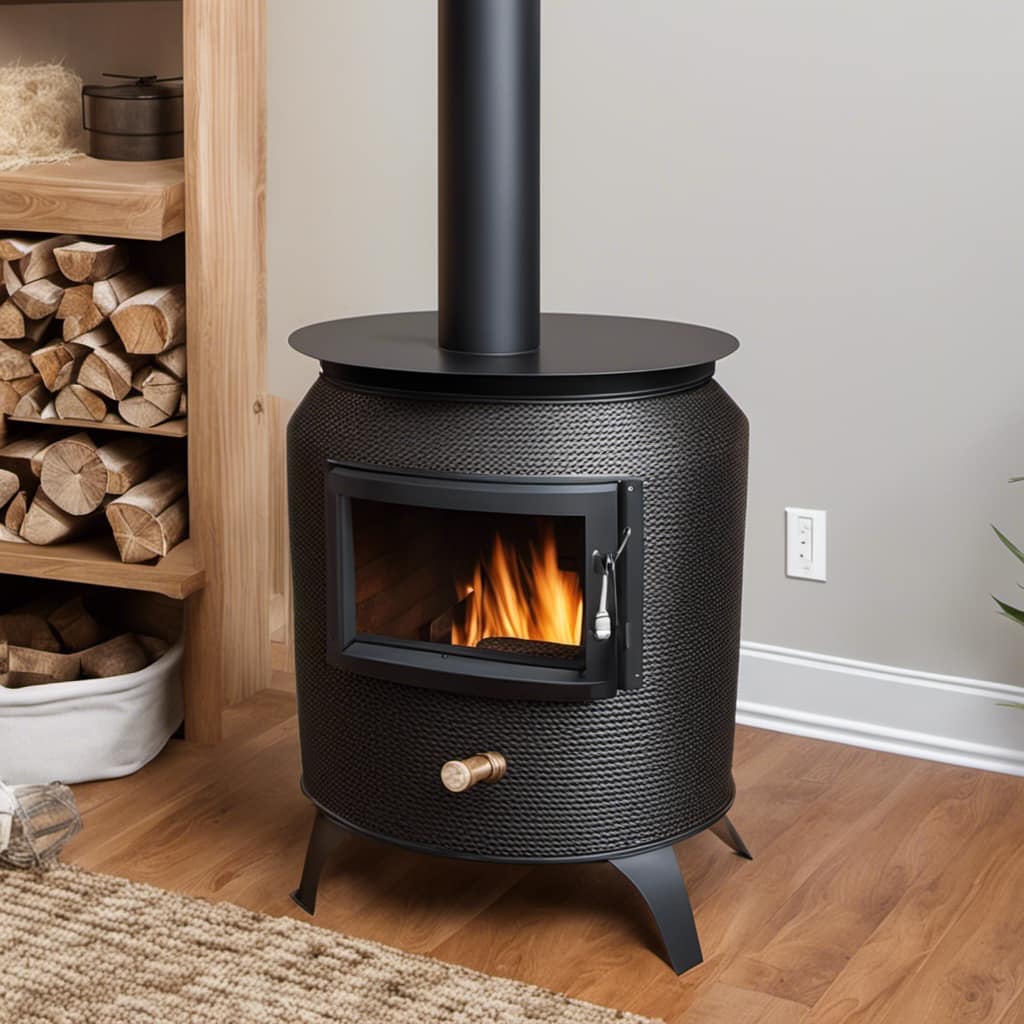
When choosing the right size for your fresh air intake, consider the size of your wood stove and the recommended air intake requirements. You’ll want to ensure that the intake is large enough to provide sufficient airflow for efficient combustion. Take into account the height and location of your wood stove, as well as any local building codes or regulations that may dictate the size of the intake.
Additionally, selecting the appropriate insulation for the intake pipe will help maintain the temperature of the incoming air and prevent condensation. Look for insulation that’s specifically designed for use with intake pipes and provides a good thermal barrier.
Preparing the Wood Stove for Installation
After measuring the dimensions and selecting the appropriate materials, I prepared the area for the installation of the wood stove. The first step involved cleaning the stovepipe to ensure proper ventilation and prevent any potential hazards. I carefully removed the stovepipe from the stove and inspected it for any buildup of creosote or debris. Using a wire brush and a vacuum cleaner, I thoroughly cleaned the interior and exterior of the stovepipe, ensuring that it was free from any obstructions.
Next, I turned my attention to the wood stove itself. I cleaned the stove’s interior by removing any ash or soot using a fireplace shovel and a brush. I also wiped down the exterior of the stove with a damp cloth to remove any dust or dirt.
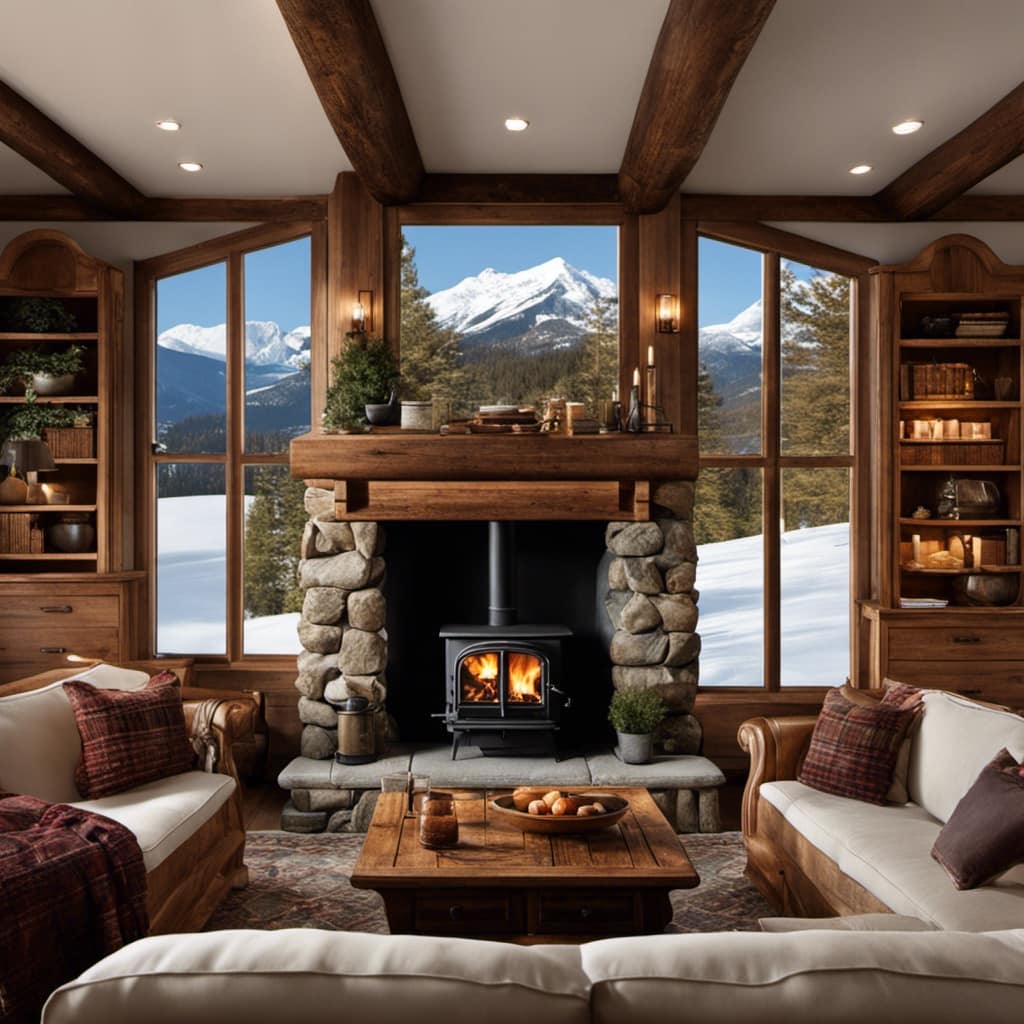
To protect the surrounding area, I placed a non-combustible hearth pad underneath the wood stove. This would prevent any accidental fires or damage to the floor. I then positioned the stove in the desired location, making sure it was level and centered.
With the wood stove prepared and the area cleaned, I was now ready to move on to installing the fresh air intake pipe.
Installing the Fresh Air Intake Pipe
As I positioned the pipe, I ensured it was securely attached and aligned with the designated opening on the wall. Installing the fresh air intake pipe correctly is crucial for the efficient operation of a wood stove. Here are some key steps to follow:
-
Measure and cut the pipe: Using a tape measure, determine the length of pipe needed to connect the stove to the outside air source. Use a pipe cutter to carefully cut the pipe to the desired length.
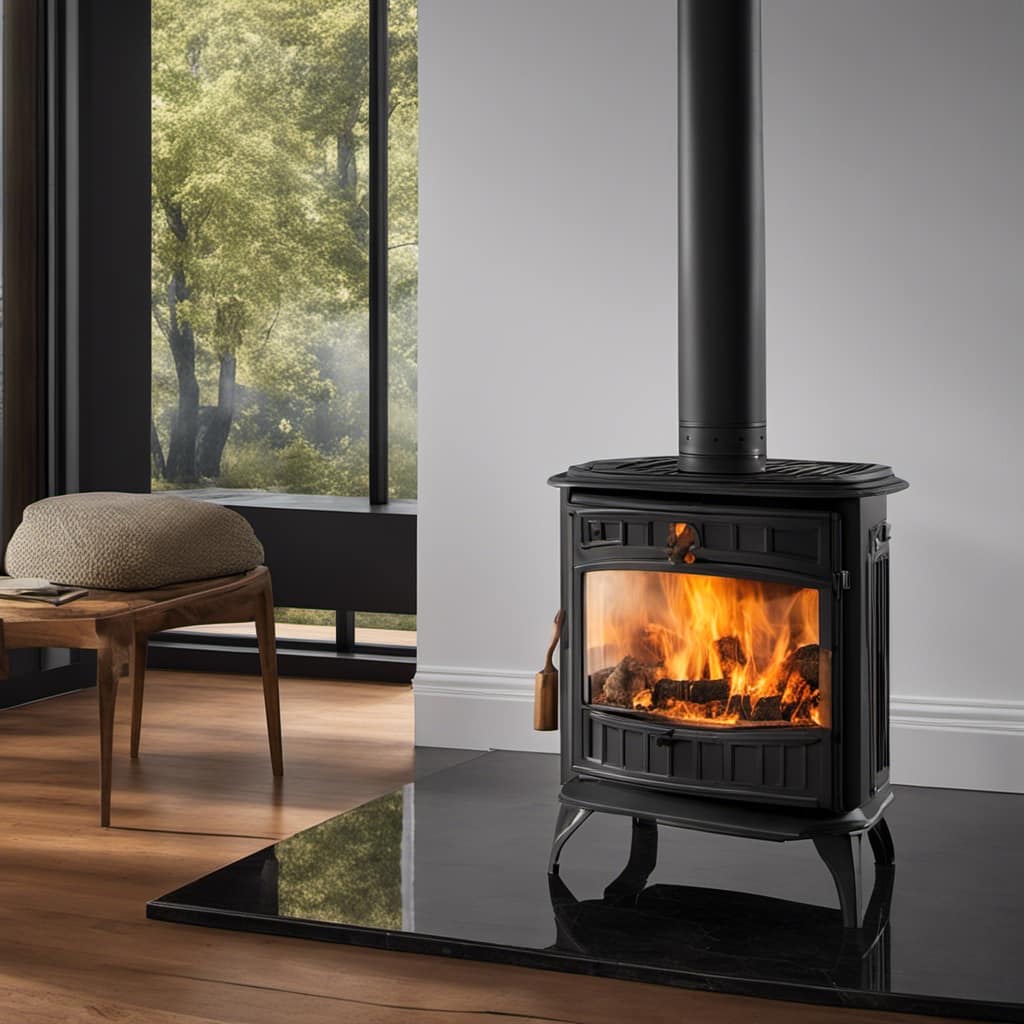
-
Attach the pipe to the stove: Slide one end of the pipe onto the stove’s air intake collar. Make sure it fits securely and is tightly sealed to prevent any air leakage.
-
Secure the pipe to the wall: Use appropriate brackets or clamps to secure the pipe to the wall. This will ensure that the pipe remains in place and doesn’t sag or shift over time.
-
Troubleshooting common issues: If you notice any air leakage or drafts around the pipe connections, use high-temperature silicone caulk to seal any gaps. Additionally, check for any obstructions or blockages in the pipe that could hinder airflow.
Testing and Adjusting the Fresh Air Intake System
I adjusted the damper on the fresh air intake system to increase or decrease the airflow into the stove. This step is crucial in ensuring the proper functioning of the wood stove and maximizing its efficiency.

The fresh air intake system is designed to bring in outside air into the stove, which helps in the combustion process and prevents negative pressure inside the house.
To adjust the airflow, I located the damper on the fresh air intake pipe near the stove. By turning the damper clockwise, I increased the airflow, while turning it counterclockwise decreased it. It’s essential to find the right balance of airflow to achieve optimal combustion and prevent any issues.
Troubleshooting common issues with the airflow can be done by observing the flame. If the flame is weak, it indicates insufficient airflow, which can be resolved by opening the damper. On the other hand, excessive airflow can cause a roaring flame or even extinguish it. In such cases, adjusting the damper to reduce the airflow is necessary.
Frequently Asked Questions
How Much Fresh Air Intake Is Necessary for a Wood Stove Installation?
Fresh air intake size, location, and the benefits of fresh air intake for wood stoves depend on various factors.
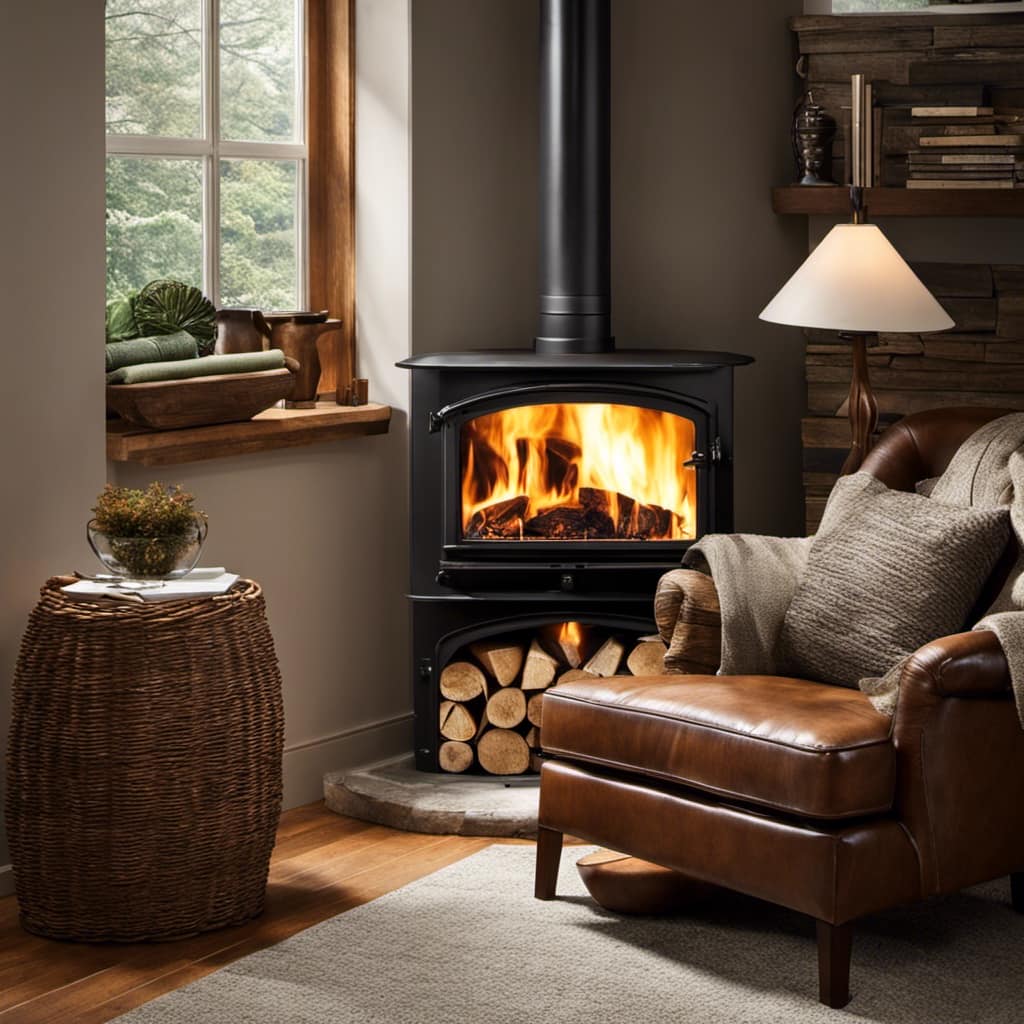
The size of the fresh air intake should be determined based on the stove’s requirements and the size of the space it will be heating.
The location of the intake should be chosen carefully to ensure proper airflow and minimize the risk of backdraft.
Fresh air intake for wood stoves is crucial as it provides combustion air, improving the efficiency and safety of the stove.
Can a Fresh Air Intake System Be Installed on Any Type of Wood Stove?
Installing a fresh air intake system for a wood stove can greatly enhance its performance and efficiency. The benefits of having a fresh air intake include improved combustion, reduced smoke, and increased heat output.

The installation process may vary depending on the type of wood stove, but generally involves connecting a duct to the stove and providing an external air source.
It’s important to follow the manufacturer’s instructions and consult a professional if needed.
How Often Should the Fresh Air Intake System Be Cleaned or Maintained?
Maintaining and cleaning a fresh air intake system for a wood stove is crucial for its proper functioning. Regular maintenance ensures that the system remains free from debris and blockages, allowing fresh air to flow efficiently.
It’s recommended to clean the intake system at least once a year or more frequently if there’s heavy use. Neglecting maintenance can lead to reduced air flow, decreased efficiency, and potential safety hazards.
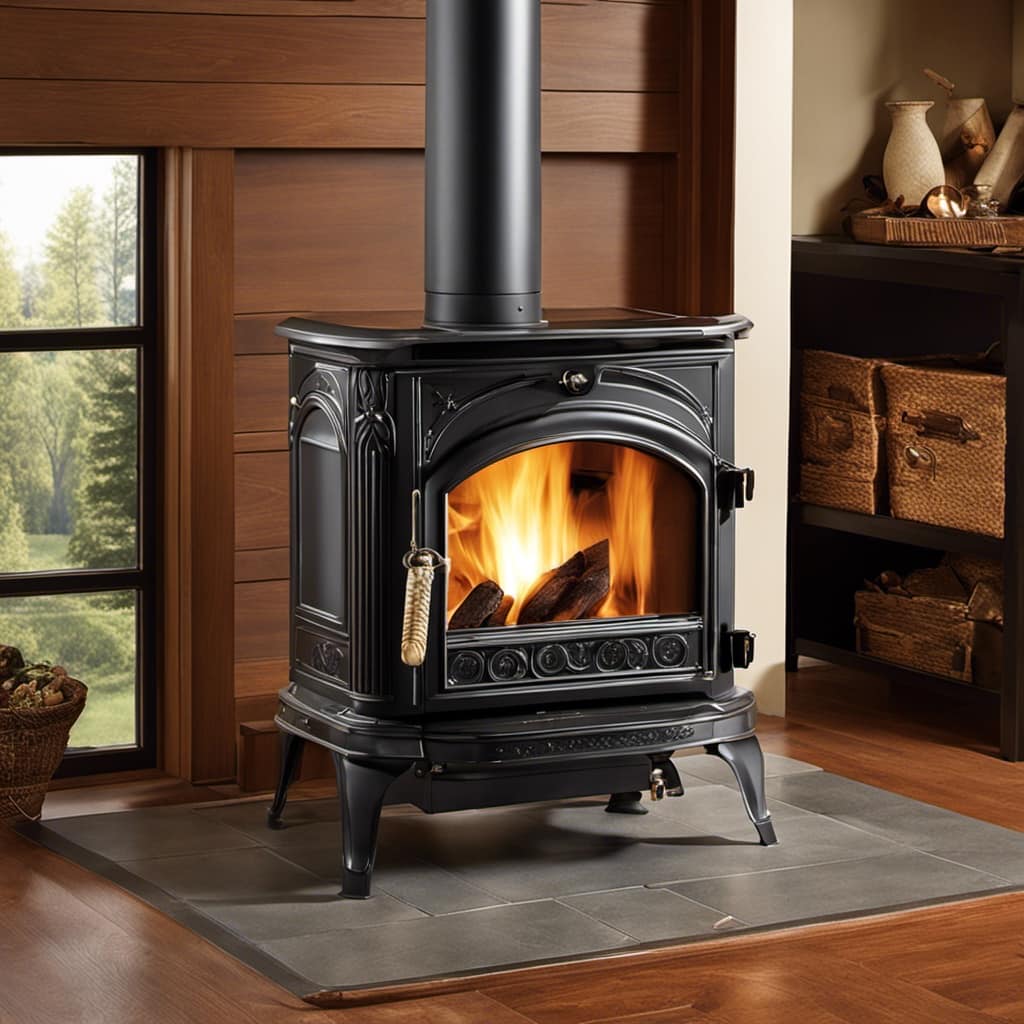
Properly maintaining the fresh air intake system benefits the overall performance of the wood stove.
Are There Any Specific Safety Precautions to Consider When Installing a Fresh Air Intake for a Wood Stove?
When it comes to installing a fresh air intake for a wood stove, there are several important safety precautions to consider.
First and foremost, it’s crucial to ensure proper ventilation and clearance around the intake pipe to prevent any potential fire hazards.
Additionally, it’s important to follow the manufacturer’s instructions and guidelines for installation, including proper sealing and insulation.

Regular maintenance and cleaning of the intake system is also necessary to ensure optimal performance and safety.
Can a Fresh Air Intake System Be Installed on an Existing Wood Stove, or Does It Need to Be Installed During the Initial Setup?
A fresh air intake system can be added to a wood stove after installation. It isn’t necessary to install it during the initial setup, although doing so can make the process easier.
Adding a fresh air intake system allows for improved combustion and efficiency of the wood stove. It brings in fresh air from outside the house, ensuring that the stove has enough oxygen for proper burning. This helps to reduce smoke and increase safety.
Conclusion
So there you’ve it, folks! Installing a fresh air intake for your wood stove is a breeze. Just follow these precise and detailed steps, and you’ll be enjoying a constant supply of fresh air in no time.
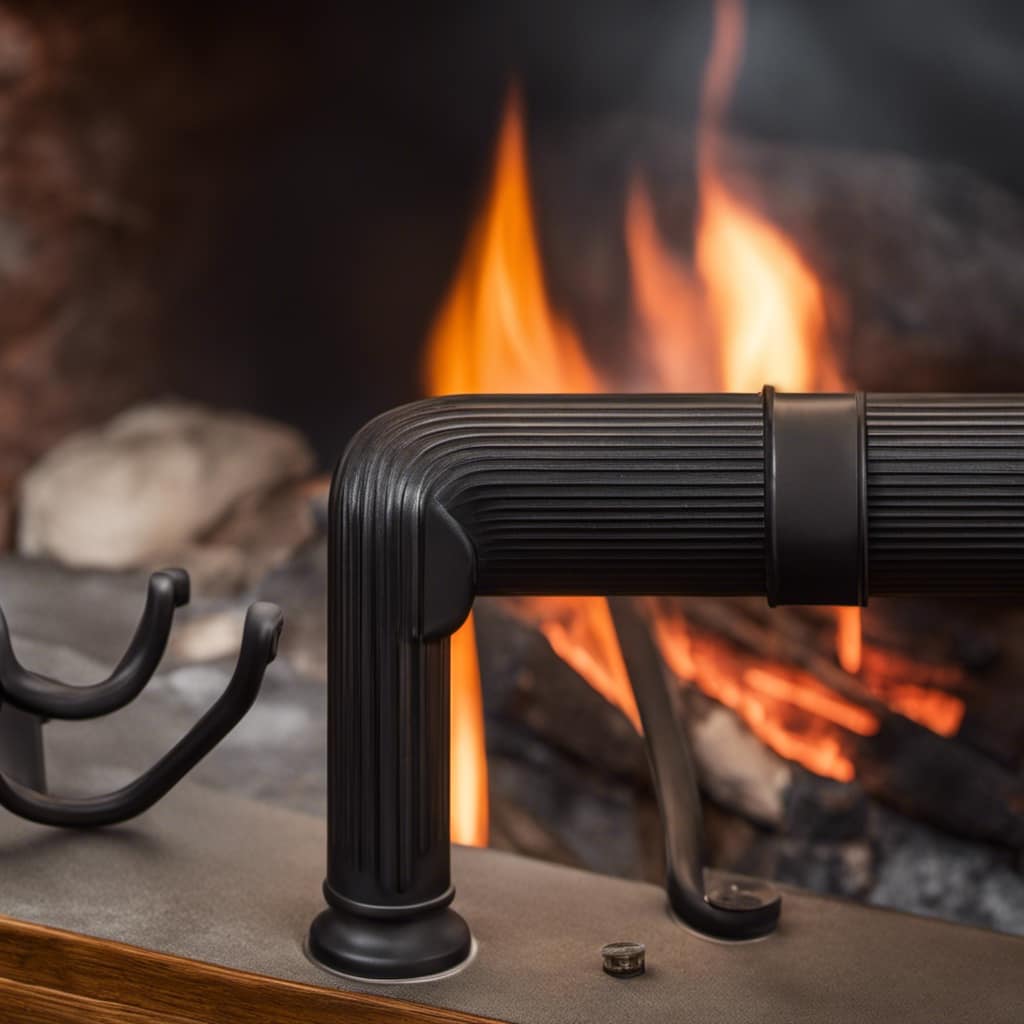
It’s like giving your wood stove a breath of fresh air, quite literally. Say goodbye to stuffy, stale air and hello to a more efficient and enjoyable wood-burning experience.
Happy installing!
Growing up surrounded by the vast beauty of nature, Sierra was always drawn to the call of the wild. While others sought the comfort of the familiar, she ventured out, embracing the unpredictable and finding stories in the heartbeat of nature.
At the epicenter of every remarkable venture lies a dynamic team—a fusion of diverse talents, visions, and passions. The essence of Best Small Wood Stoves is crafted and refined by such a trio: Sierra, Logan, and Terra. Their collective expertise has transformed the platform into a leading authority on small wood stoves, radiating warmth and knowledge in equal measure.




